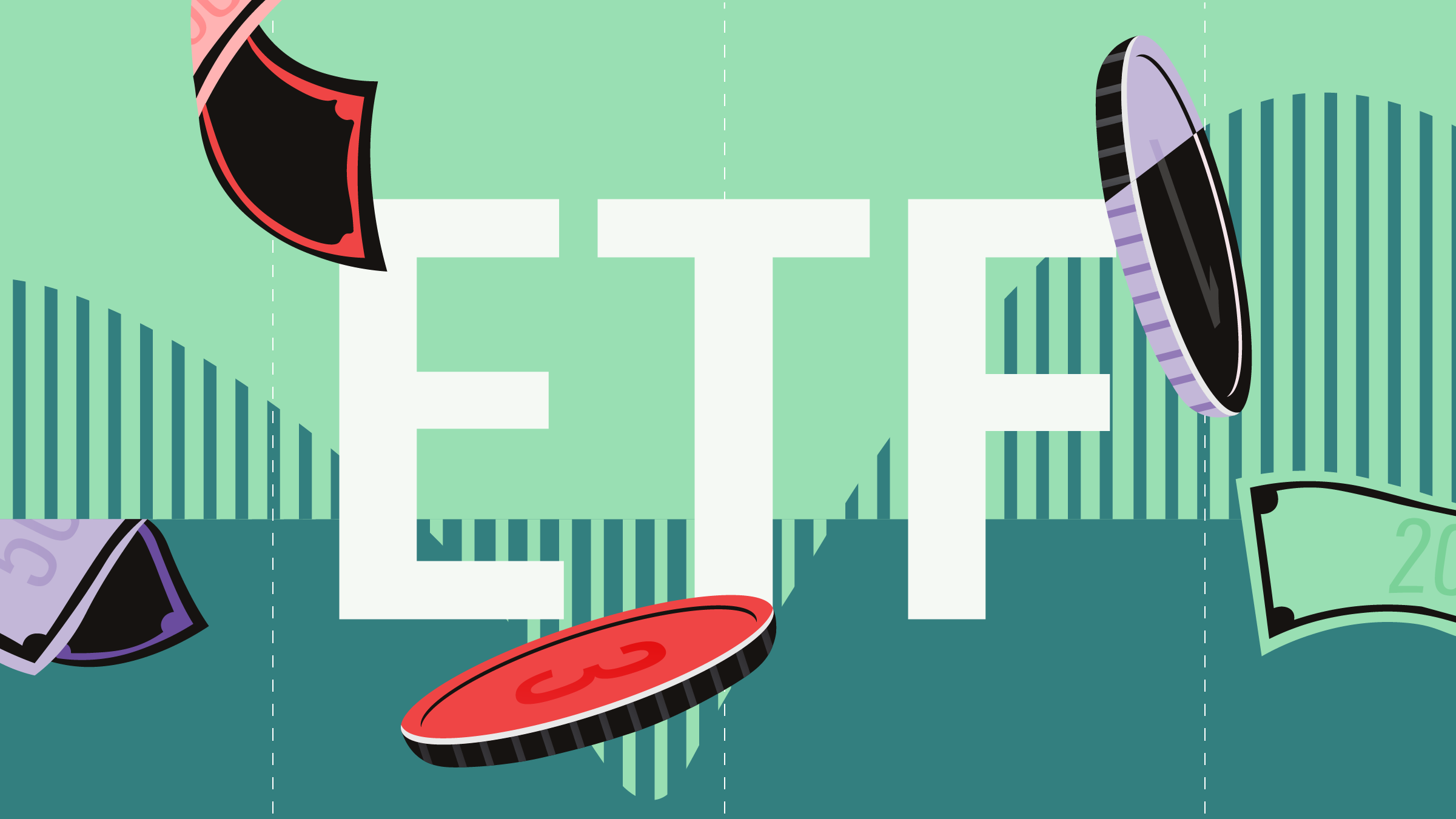Christian Charest: In the context of investing in exchange-traded funds, you may often hear of an underlying benchmark described as "market-cap weighted." With the advent of many new strategies that rely on various factors and other methods of enhanced indexing, market-cap-weighted indexes are now seen as the more traditional method of passive investing.
A cap-weighted index means that each of its underlying stocks makes up a fraction of that index that's in proportion to the size of that stock as measured by market capitalization. For a refresher on what market capitalization means, click on the link below the video player to watch an explainer video as part of our Morningstar Dictionary series.
Let's look at a simple example. Let's say an index contains four stocks. Company A has a market capitalization of 15 million dollars, Company B has 11 million, Company C 8 million, and Company D has a market cap of 1 million dollars.
To determine each stock's weight in the index, we divide its market cap by the total capitalization of the market that this index follows, which in our case is 35 million dollars. In our example, Company A makes up almost 43% of the market, so that's going to be its weight in the index.
One of the main reasons why this type of indexing is associated with ultra-low costs is that it doesn't require any rebalancing, since no manager has determined target weights for its holdings. The weights of its constituents move with the ebbs and flows of the market.
For instance, let's say Company A goes through a rough patch and sees its stock price go down by 30%. Its market cap would go down to 12 million dollars. To keep things simple, let's suppose the other three stocks don't see any price movement. The total value of the market is now 32 million dollars, and Company A's share of that market is now down to 37.5%, while the other three stocks now make up more of the index.
When you decide to invest in an ETF that replicates a market-cap-weighted index, you're essentially relying on the collective opinions of all other investors to determine the composition of your portfolio, rather than a set of rules determined by a fund company or the judgment of a portfolio manager. There are pros and cons to all of these approaches, and it's good to do your research before making a decision.

















